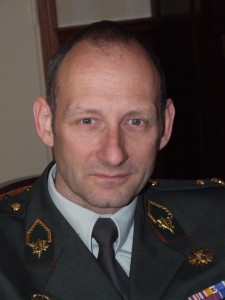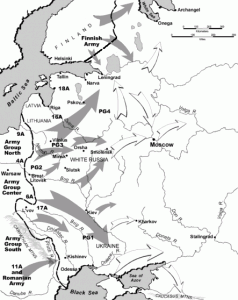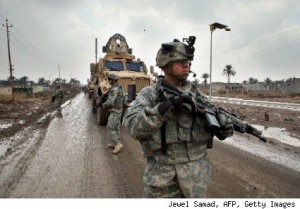Walking Into the Al-Qaeda Trap
Touch Yemen, Get Burned
It is extraordinary to see the US begin to make the same mistakes in Yemen as it previously made in Afghanistan and Iraq. What it is doing is much to al-Qa’ida’s advantage. The real strength of al-Qa’ida is not that it can ‘train’ a fanatical Nigerian student to sew explosives into his underpants, but that it can provoke an exaggerated US response to every botched attack. Al-Qa’ida leaders openly admitted at the time of 9/11 that the aim of such operations is to provoke the US into direct military intervention in Muslim countries. It is a formula which worked under President George W Bush and it still appears to work under President Barack Obama.
In Yemen the US is walking into the al-Qa’ida trap. Once there it will face the same dilemma it faces in Iraq and Afghanistan. It became impossible to exit these conflicts because the loss of face would be too great. Just as Washington saved banks and insurance giants from bankruptcy in 2008 because they were “too big to fail,” so these wars become too important to lose because to do so would damage the US claim to be the sole super power.
In Iraq the US is getting out more easily than seemed likely at one stage because Washington has persuaded Americans that they won a non-existent success. The ultimate US exit from Afghanistan may eventually be along very similar lines. But the danger of claiming spurious victories is that such distortions of history make it impossible for the US to learn from past mistakes and instead to repeat them by intervening in other countries such as Yemen.
Patrick Cockburn is the author of ‘The Occupation: War, resistance and daily life in Iraq‘ and ‘Muqtada! Muqtada al-Sadr, the Shia revival and the struggle for Iraq‘.
Continue reading “Journal: Walking Into Al Qaeda's Trap in Yemen”










